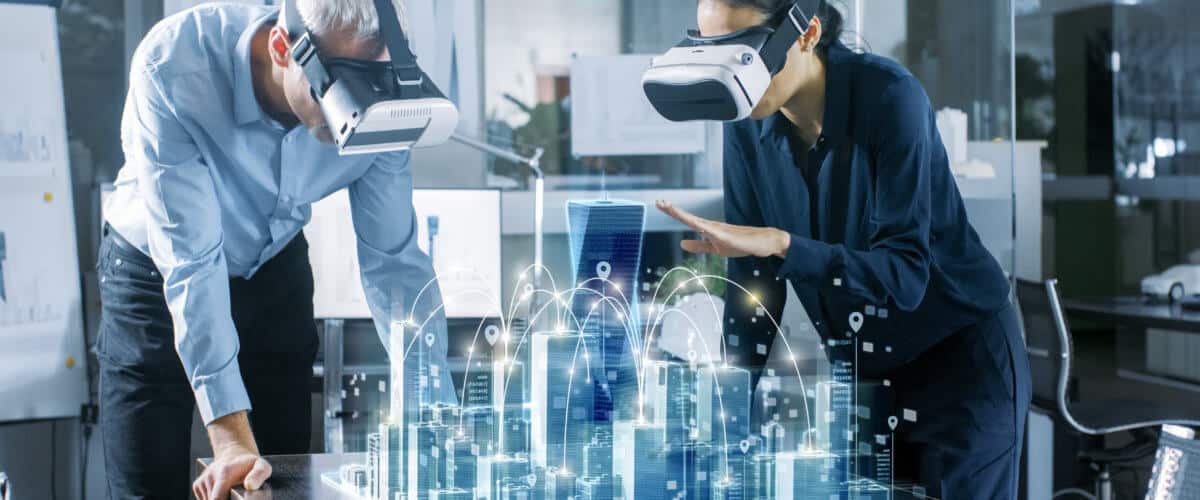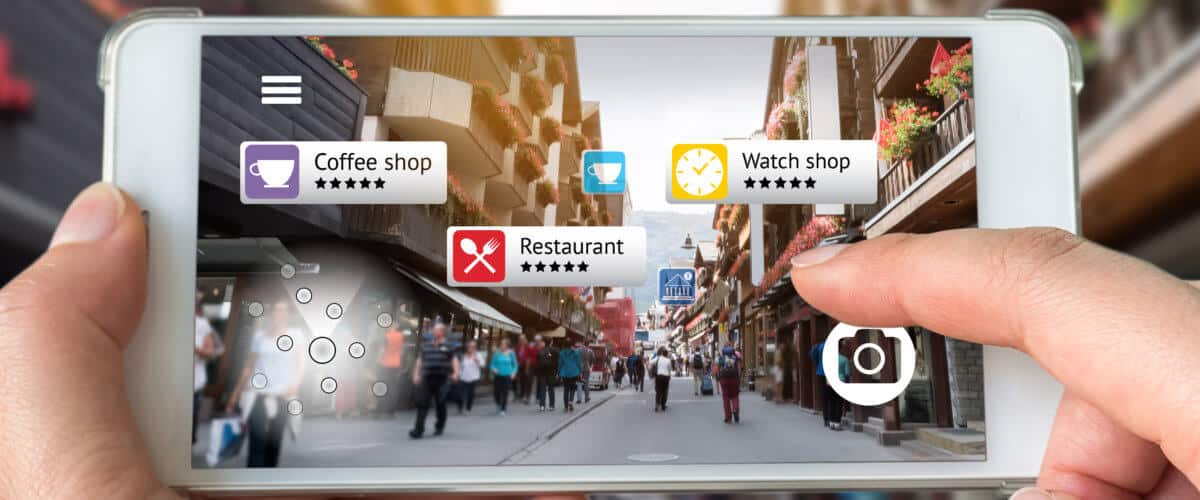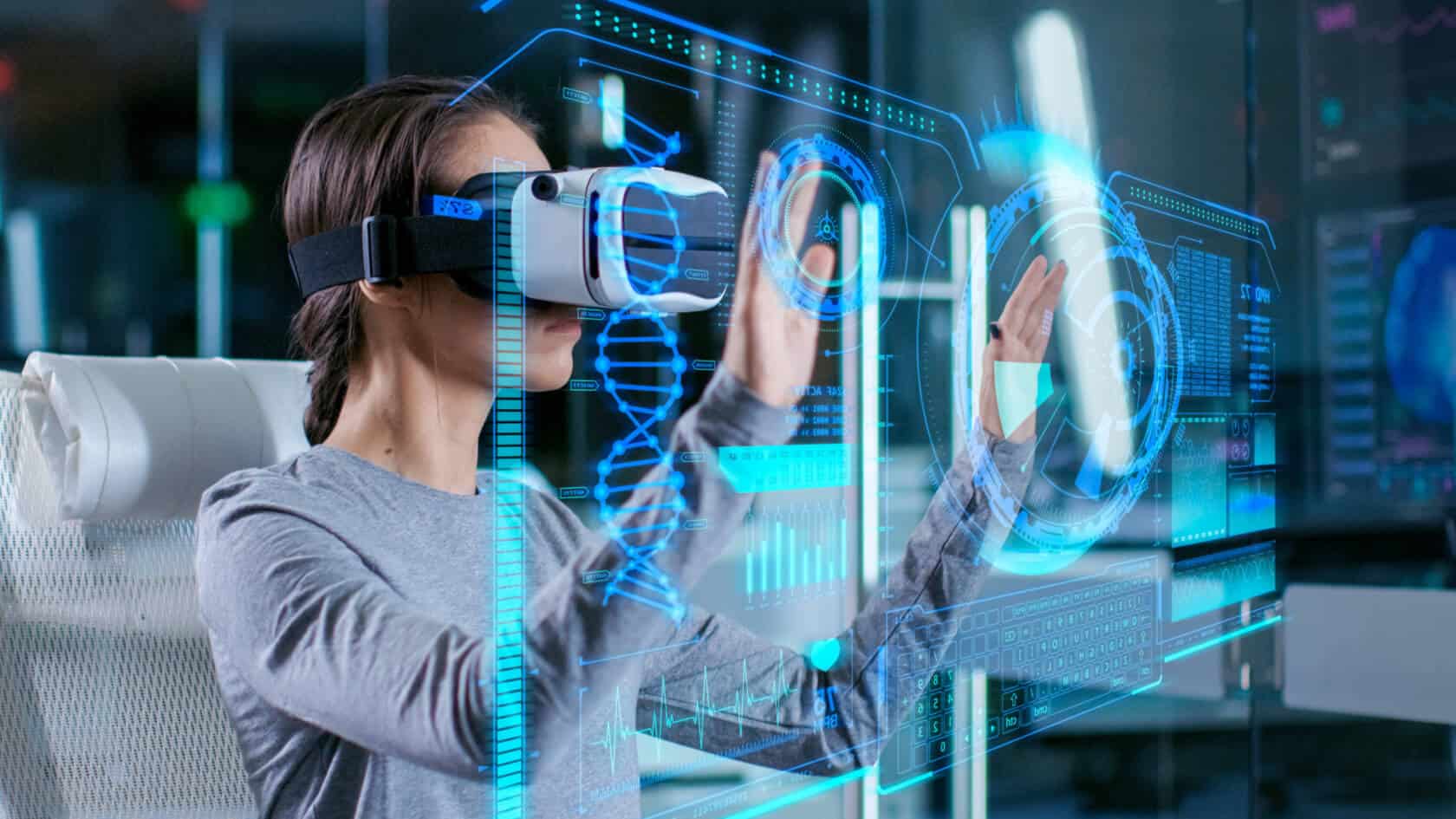There has always been a clear distinction between the physical 'real' world and the digital world. However, in recent times, the digital and real-world appear to be converging and affecting the way we interact with our physical environment. Augmented Reality (AR) is changing the way people experience the real world.
For a long time, ideas and imagination could only be projected in the form of physical products. Creating physical products through extensive processes of designing, manufacturing, transporting, delivering, using, and discarding products was absolutely common practice. It required investing a lot of money and time. Using AR, however, it’s possible to cancel out all these processes.
We have all noticed that the lockdown of the COVID-19 pandemic compelled businesses to think outside the box. They turned their focus to digital solutions in order to stay afloat. In the aftermath of the lockdown, AR applications in several sectors became one of the biggest technological breakthroughs. According to the Grand View Research report, the global AR market size was estimated at $25.33 billion in 2021 and is expected to expand at a compound annual growth rate (CAGR) of 40.9% from 2022 to 2030.
What Is Augmented Reality?

AR is the enhanced depiction of the physical world. It uses computer-generated visuals and digital data to enhance the view of the real world and creates digital products that can be experienced in the real world. AR has exhibited a significant momentum of progress, driven by computer vision and artificial intelligence technology.
Since 2017, various businesses have been paying close attention to the possible opportunities of AR technology. They are striving to anchor their competence by providing the best experience possible in order to influence our perception of the real world by incorporating digital content such as videos, infographics, photos, sound effects, and other features.
What is really going on inside an AR device can be simply put as — the device first calculates the position and orientation of images to be created on screens, then virtual 3D images are overlaid on real-world objects based on their geometrical relationship, and finally, the assembled image is projected on mobile screens, AR glasses, and other devices.
Adaptability in Augmented Reality

The amazing thing about AR technology is that it offers us the freedom to express ourselves. Its adaptability allows for the creation of new realities with unrestricted dimensions of possibilities. Using AR, we have the ability to bring insane imaginations into reality. There are unlimited possibilities and no barriers to realizing something already imagined.
The expanding usage of AR in a variety of sectors, including education, medical, construction and architecture, manufacturing, marketing, entertainment, and military, is likely to continue propelling in the coming years. It will transform the way we learn, make decisions, and interact with the physical world.
Due to its intelligent display and interaction technology features, AR can also deliver the finest customer experience. With VR, we can all have our own unique perspectives on reality. Two people gazing at the same screen might be looking at very different things. AR has also given us a new way of looking at how we utilize screens. Following the onset of the COVID-19 pandemic, the use of AR in marketing and advertising for hosting virtual events has gained popularity.
The technology creates visuals by adding layers to the actual environment. This might be a way to replace physical goods with digital ones that provide similar functions. Physical products are more expensive than digital products due to the complex and cost-intensive supply chain. The physical presence of products is no longer cost-effective; their digital presence is much more convenient and economical.
The Coming Years

In the coming years, smart wearables that can harness the benefits of AR technology will be expected to help people integrate into a more realistic environment in the future. People may interact with technology in a more natural way. In the future, AR is expected to impact a huge portion of human lives.
Even though AR provides an amazing opportunity for several fields, there are still concerns. Many have been giving heads up about over-dependence on AR, which could detach people from actual social interactions. The level of interaction among people might decline, which might lead to isolation among individuals, leading to psychological problems like depression and addiction.
Furthermore, just like any other tech application, AR may also impose a security threat to its users. AR collects a lot of information about its users. This could raise a concern about the sharing of information with third parties by tech companies and security breaches by hackers. However, privacy advocates are already demanding for a privacy policy to be a mandatory condition for AR companies and data usage consent right for AR users.
On the bright side, AR is creating a world with an enhanced environment. This is an opportunity to live in a livelier and more creative world. It may come with a lot of baggage, but we always have the power to use it wisely.
Photo: Gorodenkoff/Shutterstock
You might also like:
Support us!
All your donations will be used to pay the magazine’s journalists and to support the ongoing costs of maintaining the site.
Share this post
Interested in co-operating with us?
We are open to co-operation from writers and businesses alike. You can reach us on our email at cooperations@youthtimemag.com/magazine@youthtimemag.com and we will get back to you as quick as we can.









